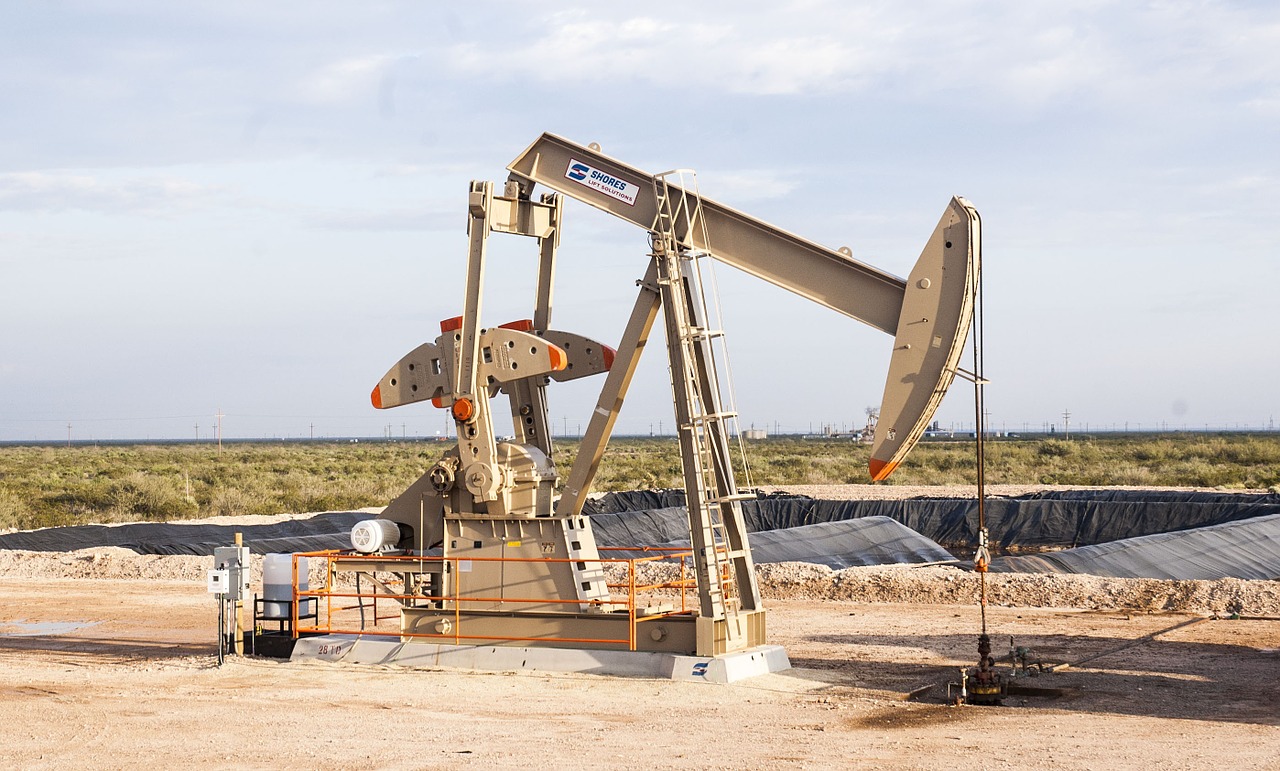Oil and IRA: this is how the energy market will change

Here are the five trends that will drive energy markets in 2023, between reopenings in China and subsidies in America. The analysis of Darren Peers, equity investment analyst at Capital Group
Historically, the trajectory of oil prices has been a good indicator of the outlook for the industry, as the price has a direct impact on the profits of many companies. However, so far in 2023, there appear to be some deviations from this proven correlation. Indeed, oil prices have had a tumultuous ride over the past year, recently returning nearly to where they started in 2022. Conversely, energy stocks continue to hold on to their gains.
1. Will the bull run for oil stocks continue?
We believe we are in the early stages of a multi-year bull run for oil stocks. This does not mean that the energy sector, led by oil stocks, will move in a straight line. In the context of a long uptrend, there are also mini-cycles, some lasting months to a year or more, where short-term factors outweigh long-term supply/demand trends. Nonetheless, we see investment opportunities over the next three to five years. The reopening and easing of COVID-19-related restrictions in China are likely to push oil demand to new highs, with the International Energy Agency (IEA) forecasting it to rise by nearly 2 million barrels per day. At the same time, there is a structural supply shortage due to many years of underinvestment in new capacity by oil companies, production cuts by the Organization of the Petroleum Exporting Countries (OPEC+) with a downward of supply targets and declining US shale inventories. It will take several years for supply to match demand. Taken together, these factors should support oil prices above USD 70 a barrel.
2. What are the top spending priorities for oil companies?
The sector's business model has largely focused on high growth and production reinvestment, with a focus on higher dividend payouts and more capital discipline. This has been one of the biggest changes we have observed in our lifetime. And this trend looks set to continue. Record free cash flow over the past 12 months has left oil producers with some of the strongest balance sheets in history. About 40% of executives of the top 100 US oil and gas companies indicated that debt relief and shareholder returns are their top capital allocation priorities, according to a 2022 study by Deloitte. This renewed focus on shareholder returns has emerged because investors demand investment discipline. Investors who are willing to commit are now lobbying for dividends and share buybacks, rather than reinvestments at higher prices. It will likely be another 12-18 months before manufacturers begin to reinvest in their businesses while maintaining a strong focus on capital discipline and return on investment.
3. What is the impact of the Inflation Reduction Act on energy companies?
The Inflation Reduction Act of 2022 is a legislative landmark. The bill allocates $369 billion in federal funding to clean energy tax incentives, loans, and consumer and commercial subsidies that have the potential to make the yield profile more attractive for investments in areas such as carbon and the development of clean hydrogen infrastructure. Over the next decade, legislation could help trigger a wave of capital expenditure. Oil and gas companies, as well as chemical and auto makers, are just some of the potential beneficiaries. Only a few of the US giants have scalable low-carbon projects underway, but Inflation Reduction Act grants should bring others closer as well.
4. How do European and US companies differ in their approaches to decarbonisation?
Oil and gas companies, regardless of region, are looking for new ways to reduce emissions from their operations. One of the key drivers of this shift in behavior is the proliferation of carbon neutrality targets, in which the amount of man-made greenhouse gas emissions is balanced by an equal reduction. European oil and gas companies are proactively looking to replace their fossil fuel businesses, while US companies are primarily focused on how to remove carbon emissions from existing businesses. They are exploiting tactics like carbon sequestration, where carbon dioxide is removed from the atmosphere and kept in solid or liquid form, instead of trying to diversify their energy mix. Like their US counterparts, European companies are being incentivized by new regulations. The REPowerEU plan, adopted by the European Commission in March 2022, allocates around €210 billion of new investments towards the clean energy sector in the European Union. The bill funds new energy partnerships with renewable and low-carbon gas suppliers, as well as clean hydrogen projects and solar and wind-powered construction.
5. Where do you see areas of relative value?
It is widely believed that the production costs of Canadian tar sands, located in the Alberta region, are high. But the facts are changing. Over the past two decades, the cost of oil production has been declining. The long-dated, low-declining nature of these assets means that the capital intensity required to maintain operations is relatively low relative to their US counterparts and allows for high free cash flow generation, i.e. cash flow in excess of operating expenses and capital of the company. In addition, Canadian oil sands stocks often trade at valuation discounts to their US exploration and production peer group, in part due to environmental concerns and the high carbon intensity of barrel production . The management teams of some US and European oil giants are operating with the strongest capital discipline seen in decades, and dividends offer some protection to investors, even though oil prices have declined from current levels. Based on valuations, the European behemoths are trading at a larger-than-usual discount to their US counterparts on price-to-earnings multiples, despite very similar corporate characteristics.
This is a machine translation from Italian language of a post published on Start Magazine at the URL https://www.startmag.it/energia/petrolio-ira-mercato-energia/ on Sun, 09 Apr 2023 05:28:54 +0000.
